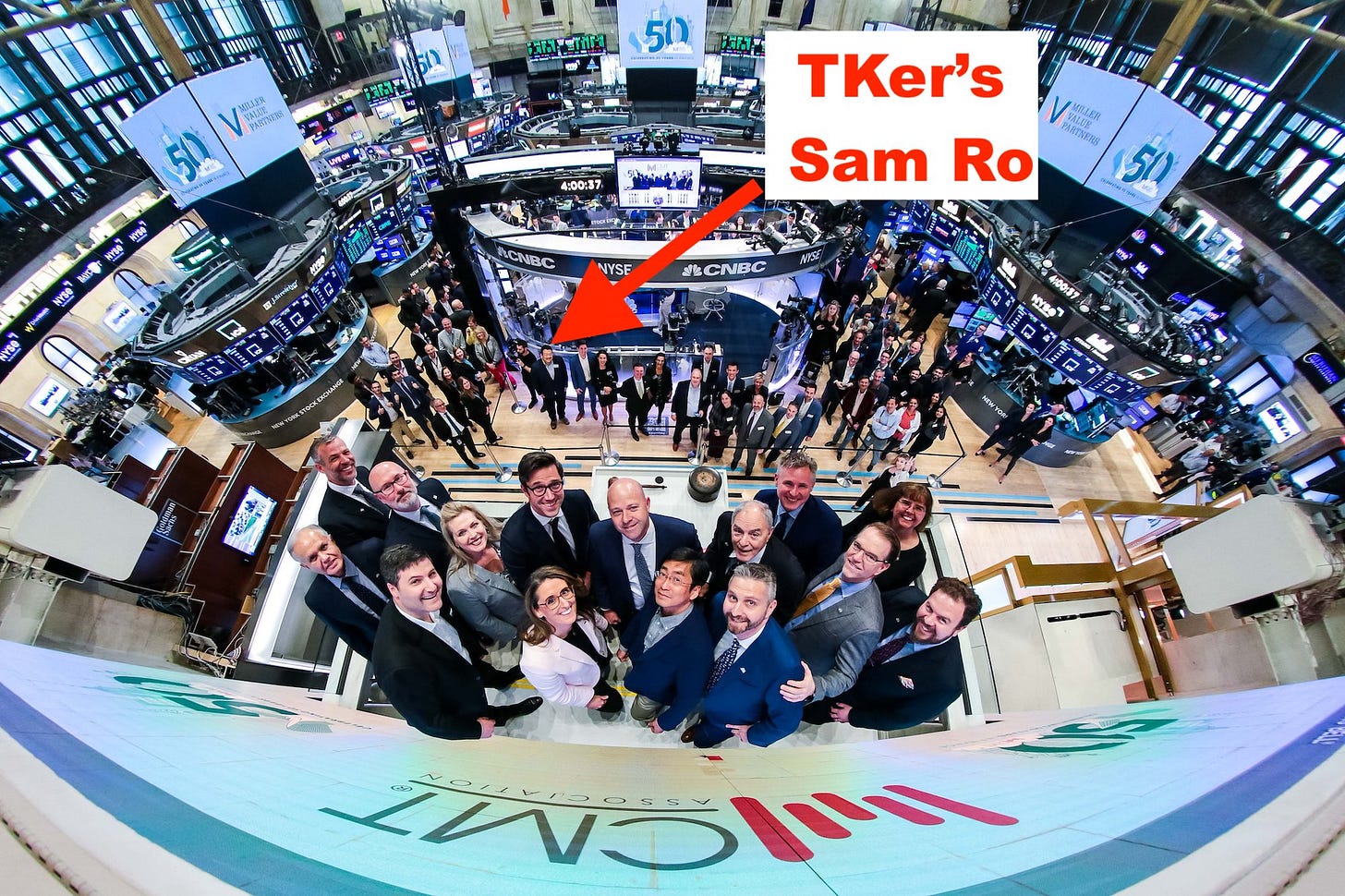The FAAMGs are more than just five stocks 🤨
Plus a charted review of the macro crosscurrents 🔀

Stocks climbed last week, with the S&P 500 rising 0.9%. The index is now up 8.6% year to date, up 16.6% from its October 12 closing low of 3,577.03, and down 13.0% from its January 3, 2022 closing high of 4,796.56.
Every once in a while, we’re reminded that a …


